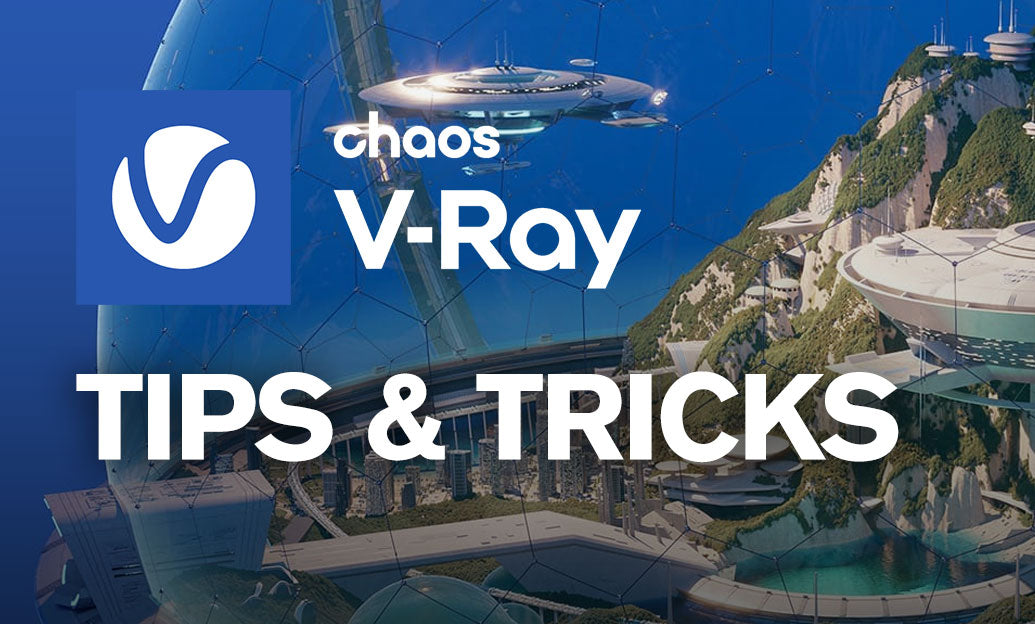Your Cart is Empty
Customer Testimonials
-
"Great customer service. The folks at Novedge were super helpful in navigating a somewhat complicated order including software upgrades and serial numbers in various stages of inactivity. They were friendly and helpful throughout the process.."
Ruben Ruckmark
"Quick & very helpful. We have been using Novedge for years and are very happy with their quick service when we need to make a purchase and excellent support resolving any issues."
Will Woodson
"Scott is the best. He reminds me about subscriptions dates, guides me in the correct direction for updates. He always responds promptly to me. He is literally the reason I continue to work with Novedge and will do so in the future."
Edward Mchugh
"Calvin Lok is “the man”. After my purchase of Sketchup 2021, he called me and provided step-by-step instructions to ease me through difficulties I was having with the setup of my new software."
Mike Borzage
V-Ray Tip: Mastering V-Ray IES Lighting for Enhanced Realism in Architectural Visualization
May 08, 2024 2 min read

Understanding how to effectively utilize V-Ray IES lights can significantly enhance the realism of architectural lighting in your renders. Here are key pointers to excel in using IES profiles within V-Ray, brought to you by NOVEDGE, your source for all things design and visualization.
- Choose the Right IES Profile: Begin by selecting an appropriate IES file that matches the real-world lighting scenario you wish to replicate. Each IES file contains data about the distribution and shape of light from a real physical light source.
- IES Light Placement: Position your IES lights precisely where the real light fixtures would be in your scene. Accurate placement is crucial for achieving realistic lighting effects and shadows.
- Intensity and Color: Adjust the intensity of the IES light to ensure it harmonizes with other light sources in your scene. Modify the color temperature to accurately represent the light source, whether it’s warm or cool white.
- Use Photometric Units: For consistent and realistic illumination, use photometric units such as lumens or candela within V-Ray. This will ensure your lighting levels correspond to real-world values.
- Multiple IES Lights: Combining several IES lights can create complex and nuanced lighting schemes. Consider the interplay of different light shapes and intensities for a layered lighting approach.
- Quality vs. Performance: Higher quality IES files can produce more accurate and detailed light patterns but may increase render time. Balance quality with performance based on your project requirements.
- IES for Exterior Scenes: IES lights aren't just for interiors. Use them for outdoor lighting fixtures, such as street lamps, to add realism to your exterior scenes as well.
- Test Renders: Perform test renders to evaluate the IES light settings. Adjust as needed to avoid overexposure or insufficient lighting which can detract from the overall quality of your scene.
- Integrate with V-Ray Sun and Sky: When combined with V-Ray Sun and Sky system, IES lights can help simulate a more natural transition between daylight and artificial light sources.
- Post-Processing: Even with the correct use of IES lights, some post-processing may be required to achieve the desired mood and atmosphere in your final render.
Incorporating these tips will greatly improve the authenticity of your architectural renders. Remember, lighting can make or break a scene, so it's worth investing time in mastering V-Ray IES lights. For more professional tips and the latest software, visit NOVEDGE.
You can find all the V-Ray products on the NOVEDGE web site at this page.
Also in Design News

Cinema 4D Tip: Mastering Graph Editor in Cinema 4D for Precise Animation Control
May 20, 2024 2 min read
Read More
Exploring the Impact of Collaborative Robotics on Design and Manufacturing Processes
May 20, 2024 3 min read
Read More
ZBrush Tip: Mastering Vector Displacement Brushes in ZBrush for Enhanced Surface Detailing
May 19, 2024 2 min read
Read MoreSubscribe
Sign up to get the latest on sales, new releases and more …


